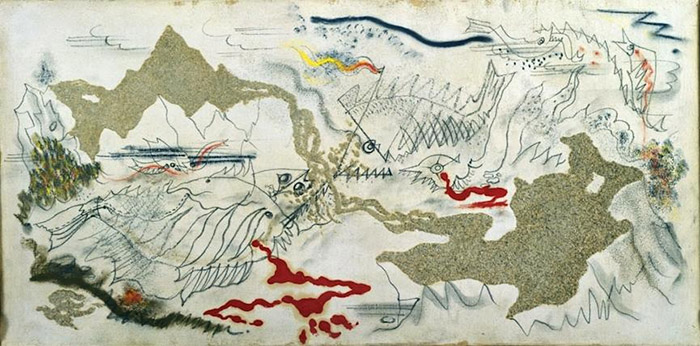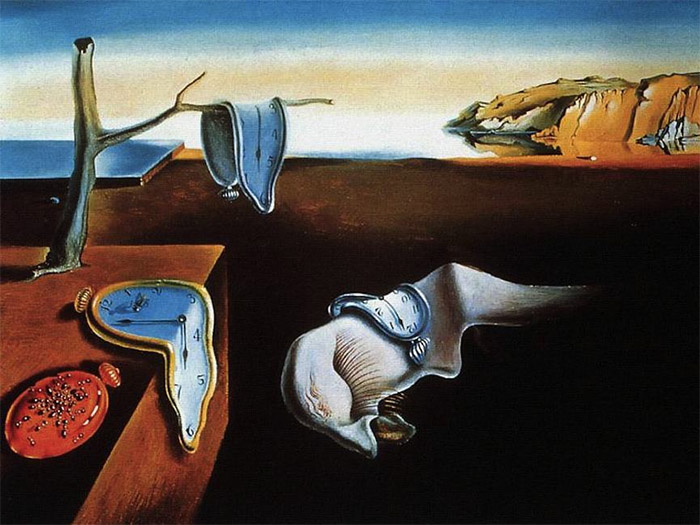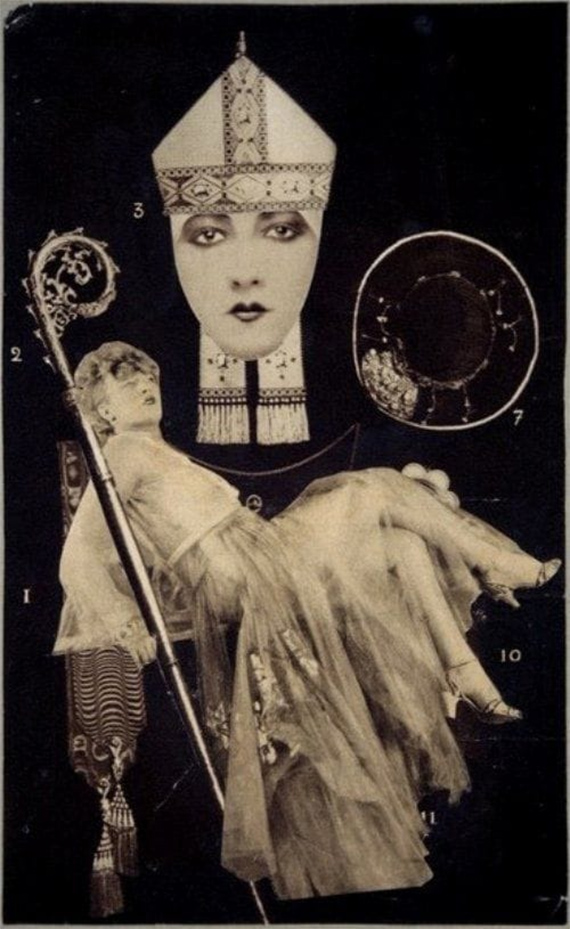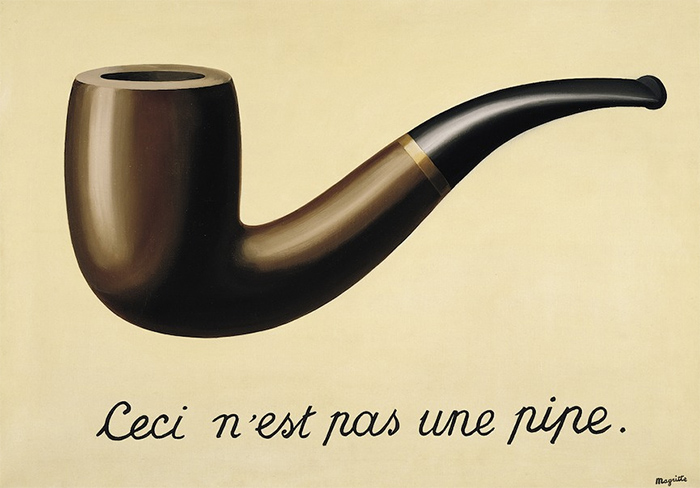10 Famous Paintings from Surrealist Legends
- The Tilled Field by Joan Miro
- Battle of Fishes: Andre Masson
- Mama, Papa’s Wounded by Yves Tanguy
- The Great Masturbator by Salvador Dali
- The Persistence Of Memory - Salvador Dali
- Andre Breton: Egg in the church or the snake
- Max Ernst, The Barbarians
- The Treachery Of Images - Rene Magritte
- Ulu's Pants by Leonora Carrington
- The Son of Man by Rene Magritte
Surreal Art has a much wider meaning than the artistic and cultural movement that started in Paris in the 1920s. Surrealism developed from Dada and avant-garde with roots in psychoanalysis theory.
It soon spread to literature, visual arts, music, photography, film, cultural practices, and political work, as well as to philosophy, politics, and social theories around the world.
Surrealist artists explored the theme of the dialogue between dreams, reality, and the subconscious. They also focused on surrealistic landscapes.
We’ll show a collection of 10 surrealist paintings chronologically to illustrate the rise of the movement and the most notable surrealists – Salvador Dali and Andre Breton.
The Tilled Field by Joan Miro

The Tilled Field is the first surrealist painting by Joan Miro after his Fauvism period. Miro, one of the greatest surrealist artists, combines Catalan Landscapes and its history with his vivid and colorful imagination. At the same time, it reflects the political situation in Spain between the 1920s.
The spectator's mind is overwhelmed by a strong symbolism that subversively represents the continuity of Free Spirit Ideas from the past and present to oppose the strong dictatorship that the Spanish government has imposed on Catalans.
Battle of Fishes: Andre Masson

Andre Masson, a French surrealist and automatic writer, was experimenting with painting media in the Battle of Fishes.
This Surrealism artwork depicts the allegory of the human condition, the constant conflicts, and the World War I devastation around Europe through surreal land images of sharp-toothed, angry fish. Andre Masson employed a unique artistic technique in his Surrealism work.
He threw sand on canvas, aggressively sketched, and then painted straight from the tube. This bold approach to painting was influenced by abstract and informal art.
Mama, Papa’s Wounded by Yves Tanguy

The surreal landscape in Yves Tanguy's icon artwork Mama, Papa’s Wounded is influenced mainly by Sigmund Freud's psychoanalysis and the language of symbols. Tanguy, along with Andre Breton and other Surrealists, researched the psychiatric conditions of war veterans in postwar Europe.
They then translated their statements into modern abstract art. The name of the surreal painting, in this case, is similar to a child's cry, and it resembles broken familial relations and a strong connotation of wounded masculinity. However, the artist has never revealed the true meaning of the abstract and archetypal symbol.
The Great Masturbator by Salvador Dali

The Great Masturbator was one of Salvador Dali's earliest surrealist paintings. He was obsessed with analyzing his unconscious aspects, sexually repressed mechanisms, and ego structure.
The Great Masturbator, therefore, is a kind of self-portrait. It shows Dali's overgrown, transformed ego in a surreal, dreamlike landscape, with objects of desire such as the Gala and desert oasis, but also paranoid fears about unknown, faceless figures.
The Persistence Of Memory - Salvador Dali

Dali's The Persistence Of Memory is a world-famous painting still relevant in modern popular culture. In the surreal abstract dreamworld of desires, based on Catalan scenery and profound reflection on the theme of the space-time continuum, is the self-portrait from 1929 with the large nose.
Dali's painting is of importance to the Surrealism movement as well as to the artist. Dali has repeatedly returned to the subject in different media, styles, and variations, including the Disintegration of the persistence of memory, the Persistence of Memory.
Andre Breton: Egg in the church or the snake

Andre Breton was a major figure in the early Surrealist movement. He wrote the manifesto and contributed to surrealist theories and the scene through his publications and debates with Georges Baille.
The Egg In the Church Or the Snake artwork is not a painting but rather a collage. It is included in the list of Surrealist Paintings because it questions the author's role, expands the media, and uses photomontage to create a visual experiment. The artwork's surreal, dreamlike, and cryptic language is a way to express the repressions of sexual desire in Christian religion.
Max Ernst, The Barbarians

Before his affiliation with surrealism, Max Ernst was an important Dada artist of Surreal Art. In the painting The Barbarians, Ernst explores his childhood memories, subconscious mind, primitive Pagan Mythological and sexual symbols.
The barbarians are a surrealistic interpretation of a meditation on forms and forces in life. There is an under-life and superlife species, which is a direct analogy of Freudian concepts of the ego (super-ego) and the id.
The Treachery Of Images - Rene Magritte

The postwar explorations of surrealism were heavily influenced by structuralist theories of language and the concept that there is a gap between meaning and language. The Treachery of Images depicts simple pipe imagery and contrasts it with "This Is Not a Pipe". This displays the thesis of the difference between signifier and signified objects to the spectator.
This Rene Magritte was the inspiration for pop art. This relationship between Magritte's work and contemporary art is further explored in the Michel Foucault publication and the exhibition Magritte & Contemporary Art: The Terror of Images at the Los Angeles County Museum of Art, which took place from 2006-2007.
Ulu's Pants by Leonora Carrington

Leonora Cairns is a multidisciplinary artist who was active in the surrealist movement. She was recognized and appreciated by its founders between 1937 and 1947. Her work was influenced by her roles as a writer and painter, as well as a sculptor, a weaver, and a mother.
In her painting Ulu’s Pants, she explored Celtic Mythology and Mexican Cultural Tradition to create hybrid characters and shape-shifters, which elaborate ideas of Self-analysis on a symbolic level. This great surrealist work combines different socio-psychological theories from the Western and Latin worlds in a labyrinthine depiction of human history.
The Son of Man by Rene Magritte

The Son of Man by Rene Magritte is perhaps the most iconic surrealist work ever. It has been reinterpreted, appeared in, and influenced many popular culture works, from Michael Jackson's Scream music video to Alejandro Jodorowsky’s Holy Mountain. It is a surreal portrait of the artist, but the phrase the Son of Man refers to Jesus. This creates tension and suspense.
Magritte often painted men wearing bowler hats, but in this painting, the green apple hovers over the face of the man, symbolizing the unstable relationship between the visible and the hidden, as well as conscience and subconscience within the human personality.
No Comments Yet...